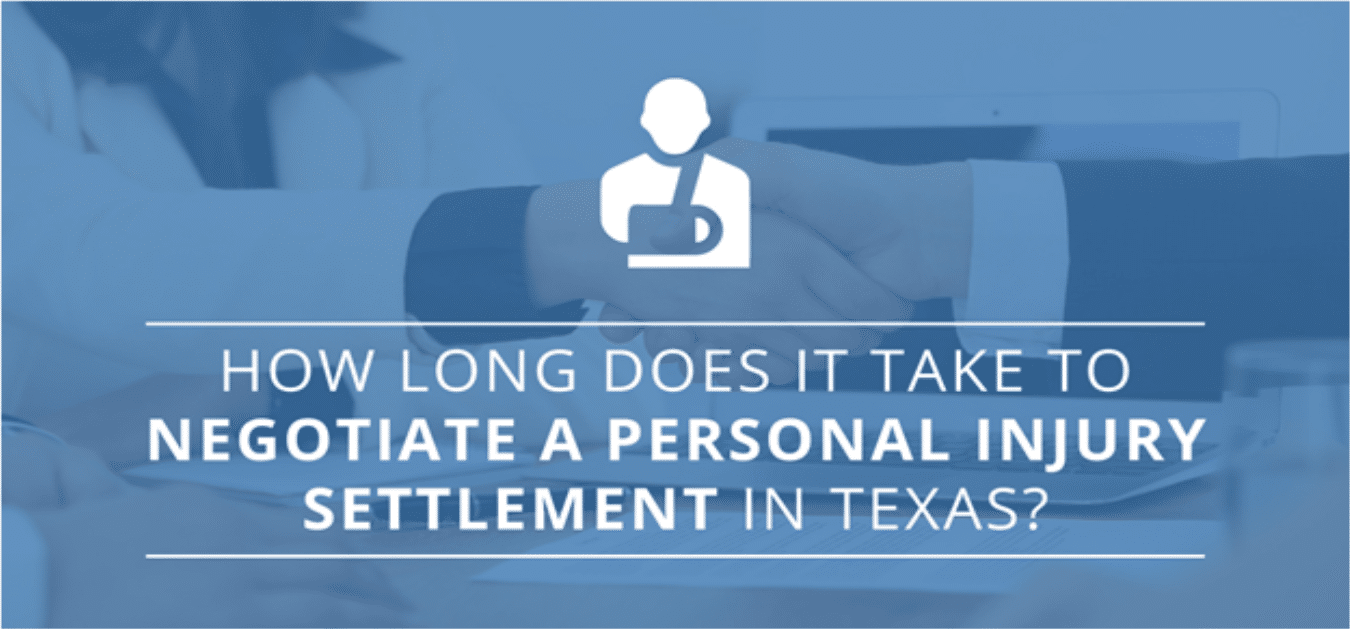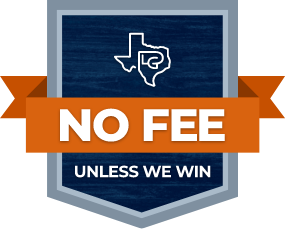
Like the majority of legal claims, most personal injury cases settle long before it becomes necessary to go to trial. There are a number of benefits to settling a claim: it is less expensive and less time-consuming than going to trial, and the parties know exactly how their claim will be resolved. However, how long does it take to negotiate and finalize a personal injury settlement in Texas?
What Factors Determine the Timeline of a Personal Injury Case?
It’s difficult to predict how long it might take to resolve your personal injury case. Some cases settle quickly, while others take time to litigate. Given the many variables that can impact the length of your case, no attorney can guarantee when it might resolve. However, it is helpful to understand what can affect the timeline of your case. For example, the following criteria could speed up the resolution, while others can drag it out.
- Liability. If both sides agree about who is at fault, settlements are more likely to occur early in the process. The opposite is true when the defendant refuses to accept liability. These are the cases most likely to go to trial.
- Complexity. More straightforward cases are more likely to have a short timeline. In some instances, the insurance company will agree to resolve it because litigating it is not worth the effort. On the other hand, complex cases are more likely to take time to resolve.
- Severity of your injuries. The severity of your injuries can also play a role. After all, you cannot settle your case until you have reached your maximum level of recovery. As long as you are still recovering from your injuries, it is not possible to determine your future medical needs.
- Insurance coverage. Cases without insurance coverage are less likely to settle than situations with ample coverage because many uninsured defendants lack resources.
Preparing for a Personal Injury Settlement
Once a settlement agreement is signed, there is generally no going back. Therefore, it is important that the settlement agreement is thorough and addresses all of the issues in the case.
In a Texas personal injury claim, such as a motor vehicle accident, truck accident, slip and fall, or other such incidents, there are a number of issues that must be resolved before a settlement can be negotiated.
First, liability must be discussed. Who is at fault for the accident? How did the accident happen? Was the at-fault driver texting and driving, or did the at-fault driver run a stoplight? Did the accident victim’s own negligence contribute in any way to the crash? Did a property owner fail to disclose a dangerous condition? These circumstances have a significant impact on a settlement amount.
The parties must exchange documents and other types of evidence so that these issues may be fully addressed. For example, accident reports, photographs, and witness statements may all be used to help determine liability. During what is called the discovery phase, the parties are able to request documents and evidence from each other. Discovery allows each party to obtain information about all the facts of the case.
Additionally, the victim’s damages must be discussed. In a Texas personal injury case, a victim may be entitled to the following types of damages:
- Medical expenses
- The cost of future medical care
- Lost wages
- Loss of earning capacity
- Loss of employment benefits
- Pain and suffering
- Emotional distress
- Loss of consortium
For each type of damages sought, the victim must submit evidence that corroborates the claim. For example, for medical expenses, medical bills must be submitted. The at-fault party will also likely request the victim’s medical history to assess whether any injuries were pre-existing before the accident or incident.
Once the parties have exchanged all relevant evidence in the case, they may begin settlement negotiations.
How Long Does It Take to Obtain Evidence in a Personal Injury Case?
It can take several months or longer to gather all of the evidence needed in a personal injury case. For example, many medical facilities may take several weeks to produce copies of medical records.
Further, the victim should have reached maximum medical improvement before attempting to settle a claim—so the victim should have completed all treatment related to the accident, or, if extended treatment is needed, the victim should have an estimate of the cost of all future medical treatment that is necessary.
It may take a few weeks or longer to obtain accident reports, video surveillance footage, witness statements, and other pieces of evidence that provide valuable insight into the claim.
Therefore, it may easily take a few months or longer just to obtain all of the evidence that is needed in a personal injury claim.
Negotiating a Settlement
The parties are free to negotiate a settlement on their own once they are comfortable that they have all of the evidence needed to finalize the claim. The parties may send letters back and forth through their attorneys, detailing their settlement proposals.
The parties may also decide to attend mediation to negotiate a settlement. During mediation, a mediator helps the parties find common ground in their settlement goals so that they may work out an agreement.
Texas personal injury attorneys are able to assist their clients with either process and provide guidance so that an informed decision may be made.
If You Have Been Injured, Contact Patterson Law Group Today
At Patterson Law Group, we are skilled negotiators and have facilitated numerous settlements on behalf of our clients. To speak with our legal team about your options and learn about the services our firm offers, contact us today.










